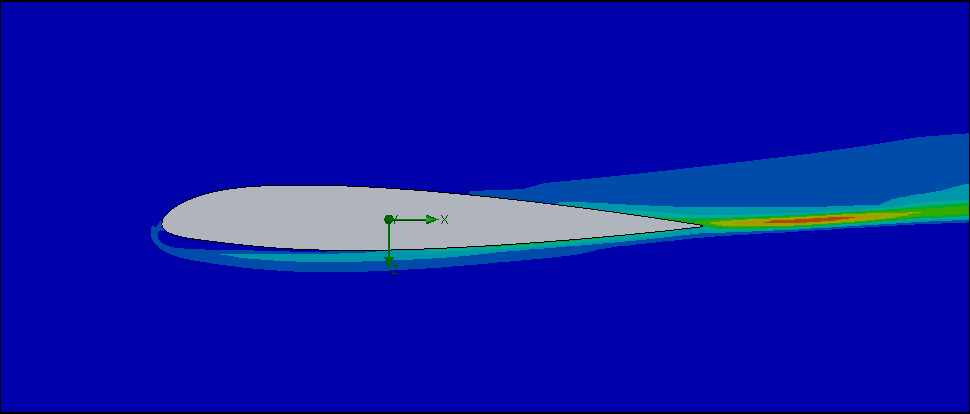Aerodynamic Optimization
As objects move through air, they encounter forces that can either enhance or hinder performance. By carefully shaping and refining geometry, these fluid forces can be optimized—reducing drag, controlling flow separation, and improving overall efficiency.
In my work, I use SolidWorks for design development and ANSYS Fluent, ANSYS CFX and MATLAB for advanced simulation, allowing me to visualize airflow, measure aerodynamic forces, and test design iterations. Small refinements often lead to major improvements in performance.
Highlights of My Work
Wind Tunnel Research at Virginia Tech: Designed and executed experiments to validate CFD results, improving confidence in reduced-order aerodynamic models.
Vorticity Transport & Inlet Distortion Studies: Conducted advanced analysis of vortex dynamics, comparing high-fidelity ANSYS results with computational models to evaluate accuracy and stability.
Product Design Applications: Applied aerodynamic principles to practical engineering projects, optimizing components for efficiency and performance.
Through a combination of computational modeling, experimental testing, and design iteration, I’ve gained experience in translating fluid dynamics principles into tangible performance gains.

